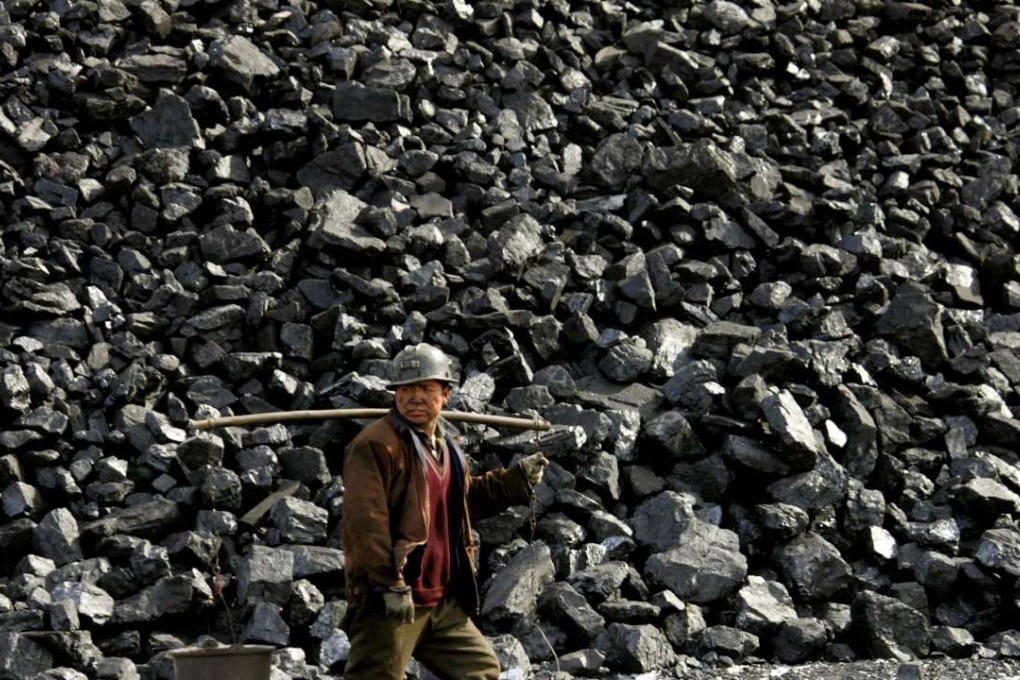The big workaround: how China is trying to avoid job cuts while shutting down bloated industry
In the second of a two-part series, we look at how the mainland is trying to cut industrial capacity without the pain of mass lay-offs

Li Guixian spends much of her time either watching television or, when the weather is warm, dancing outdoors with her friends.
The former equipment manager in the coal-mining city of Datong is just 49 years old but she is already four years into “internal retirement”, surviving on a monthly stipend from her former employer Datong Coal Mining Group.
She stopped working in 2012 when she was put on indefinite furlough, albeit with regular payments and benefits. “It’s retirement, although the monthly income is less than that for older retirees,” she said.
When Li turns 50, her pension will be paid by the state, instead of her state employer, and she will officially retire. At no point will she officially join the ranks of the country’s unemployed.
The redesignation of staff to this twilight zone of “internal retirement” is one of the various ways Beijing hopes to achieve a delicate balancing act: shutting down excess industrial capacity on one hand and avoiding massive unemployment on the other.
Rise of China’s internet and service sectors offer hope for new graduate jobseekers
And, despite headline-grabbing reports of worker unrest in the country’s rust-belt regions, there are signs that Beijing just might do it. The central government has set up a special 100 billion yuan (HK$120 billion) fund to promote such lay-offs and rearrangements. Even without additional fiscal input from local governments and state employers, the fund can pay more than 50,000 yuan each to 1.8 million workers expected to be retrenched in the coal and steel industries.